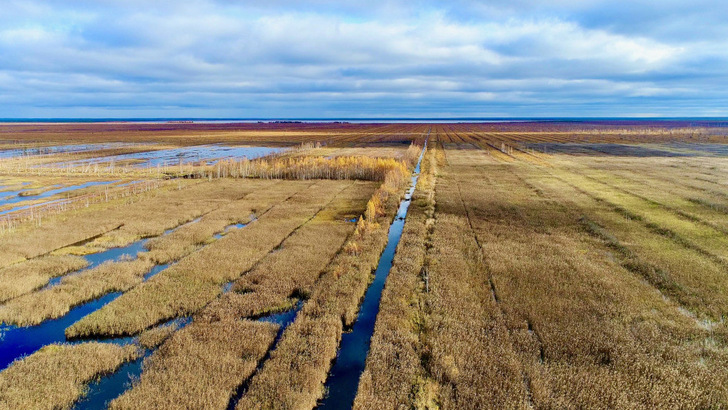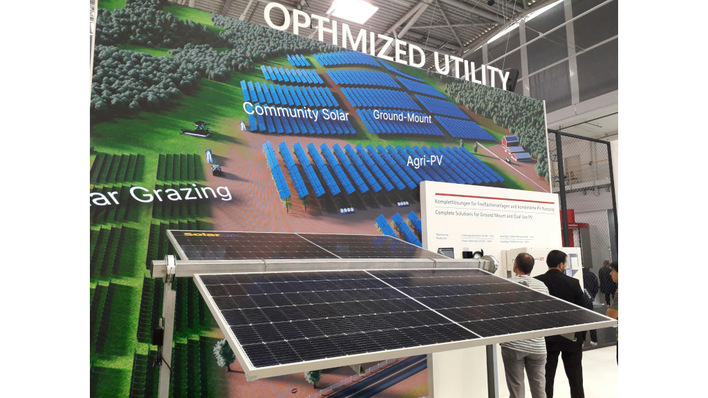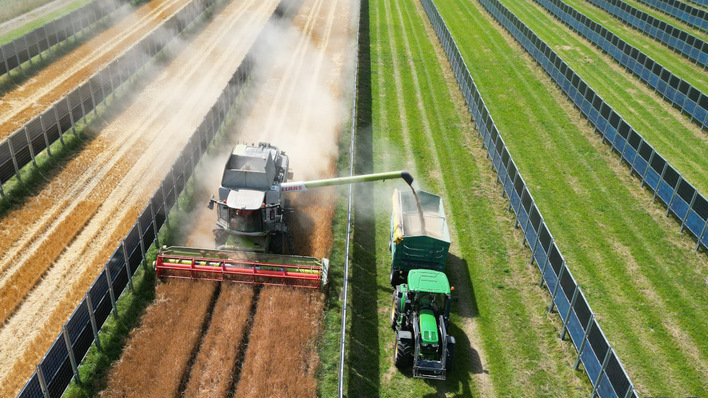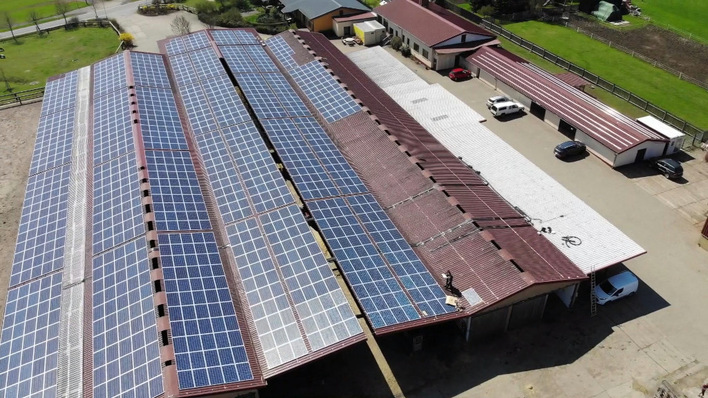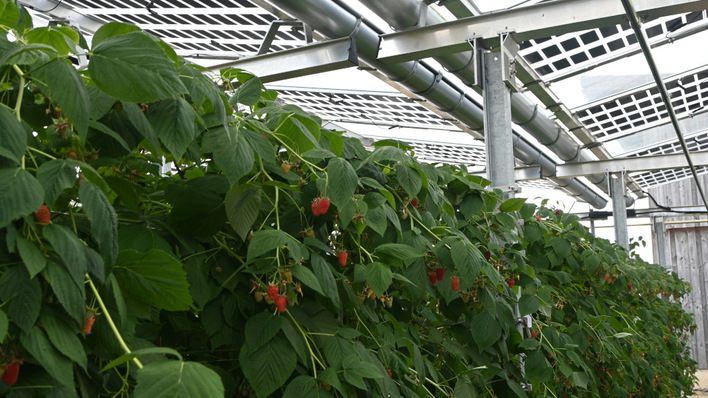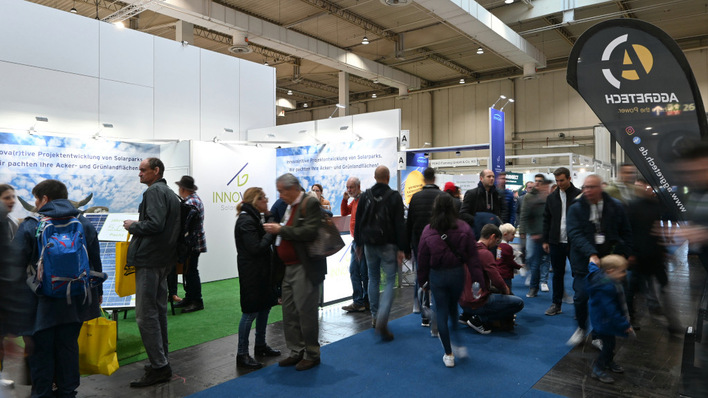Peatlands are perfect CO2 storage units. The prerequisite is that they actually exist as peatlands. But many peatlands are drained and used for agriculture. Experts from the Greifswalder Moor Centrum estimate the area of peatlands worldwide at about 500 million hectares, twelve per cent of which are in Europe. Of this, about ten per cent are now drained worldwide. In Germany alone, there are more than 1.8 million hectares of moorland. "Of these original moorland areas in Germany, more than 95 per cent have been drained," says Dieter Geyer of the Centre for Solar Energy and Hydrogen Research (ZSW) in Stuttgart. "Of this, 80 per cent is used for agriculture."
Solar plant as intermediate use
In total, this is about seven per cent of agricultural land. But if the moors were rewetted, they could store more than one-third of the carbon dioxide emitted in agriculture, Geyer has calculated. The potential is huge, but for farmers the idea is only attractive to a limited extent.
See also: Potentials and challenges of agrivoltaics in France and Germany
This could improve if so-called paludicutures were cultivated on the moorland areas that are to be re-wetted and solar plants were temporarily set up. This would bring a double benefit for the farmer and an additional benefit for the climate.
However, the solar plants must be installed in such a way that, on the one hand, they enable the use of the peatlands and, on the other hand, that peatland fauna can reestablish itself in the medium term. To this end, Dieter Geyer suggests larger distances between the individual rows of modules so that there is enough sunlight. Semi-transparent modules would be a viable option here. However, this means that too little rainwater reaches the subsoil and the flora to enable rewetting.
System must first stand, then float
In addition, the system, which is first built on solid ground, must also be able to float once rewetting has begun. Although wave formation is less than with conventional floating PV systems that float on open water, upwelling must still be prevented. This is because there is also movement in the marsh water, which the system has to compensate for.
Dieter Geyer argues here for buoyancy bodies that float in the bog and on which the actual mounting system for the solar modules is installed. These have to be anchored on land and separated via bulkheads. When the bulkheads are opened, the area floods and the installation moves upwards with the rising water level. These buoyancy bodies must be shaped differently than those for normal floating PV systems. This is because existing solar systems float on large-scale buoyancy bodies, which would then leave no space for the new settlement of the bog flora. At the same time, however, they must provide enough buoyancy for the system to float on the bog water.
System must be dismantled
In addition, corrosion protection measures are necessary not only for the mounting system, but also for the entire cabling. This also has to be laid completely above the water.
Also interesting: Vattenfall invests in a 76-megawatt Agri-PV project
A third criterion is that the system must be completely dismantlable. "This dismantling, including the cabling, must be possible without massive interference with the newly created moorland flora," explains Dieter Geyer. He is currently looking for innovative project developers and manufacturers of substructures to take on this challenge. (su/mfo)


